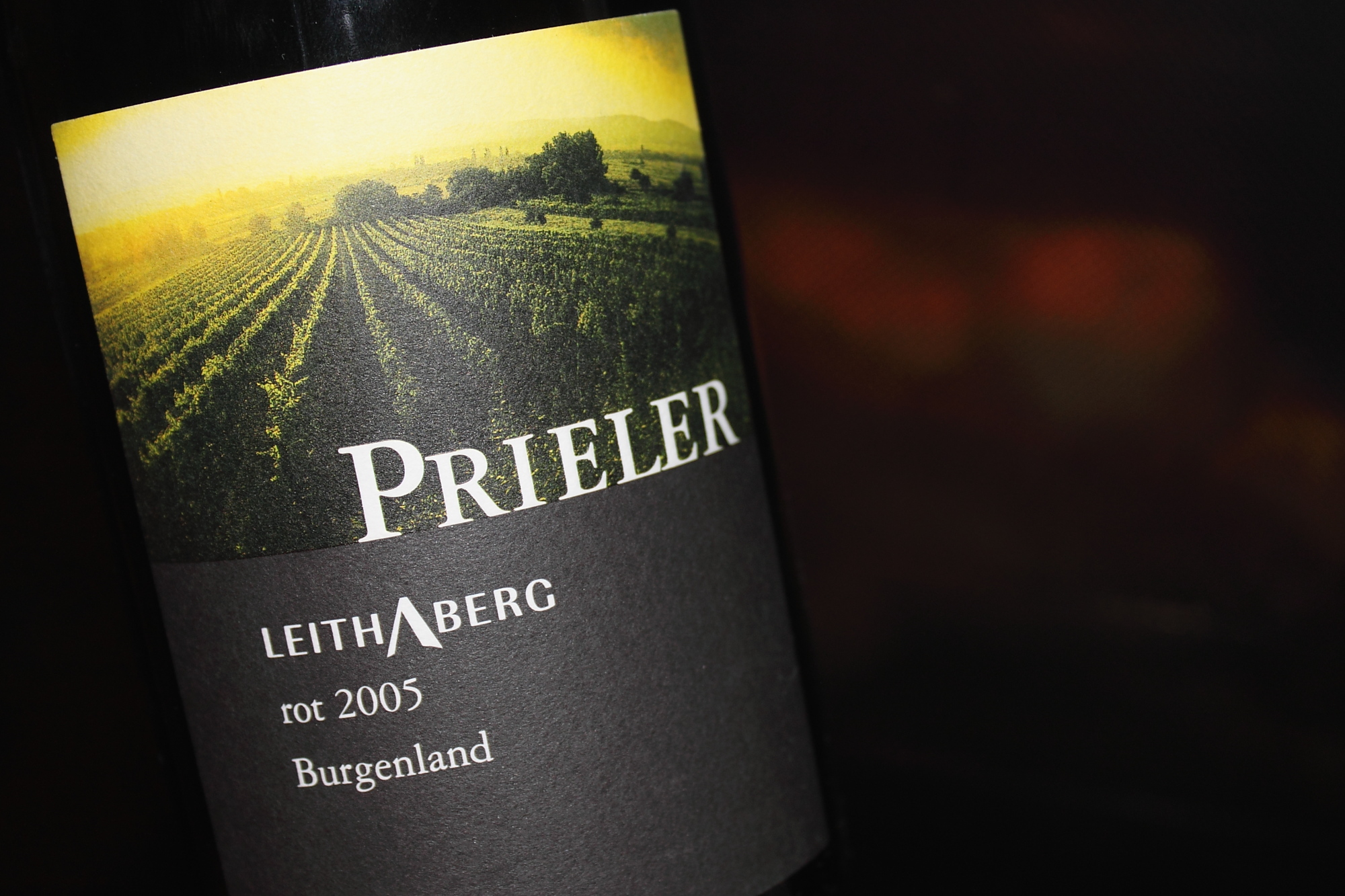Weingut Prieler, Leithaberg rot, 2005
Seven years is not a biblical age for a bottle serious red wine, but the Austrian wine scene being obsessed with youth and each new vintage, it is not quite so easy to find older bottles of interesting Austrian reds. Except if you manage to navigate this Wine Rambler's tiny cramped cellar. Recently, I got lucky down there, and found this. Upon seeing the label and suddenly remembering having bought it all those years ago, I made the executive decision that its time had come. It had that in common with the goose who had lost her life for Martinmas and was about to be cooked with some apples and red cabbage.

The Leithaberg is a range of low hills northwest of Lake Neusiedl that a few winemakers from Austria's Burgenland region discovered for its cooler, steeper vineyards after they had become bored by the powerfully fruity, but somewhat complacent wines to be made from their lakeside plots.



